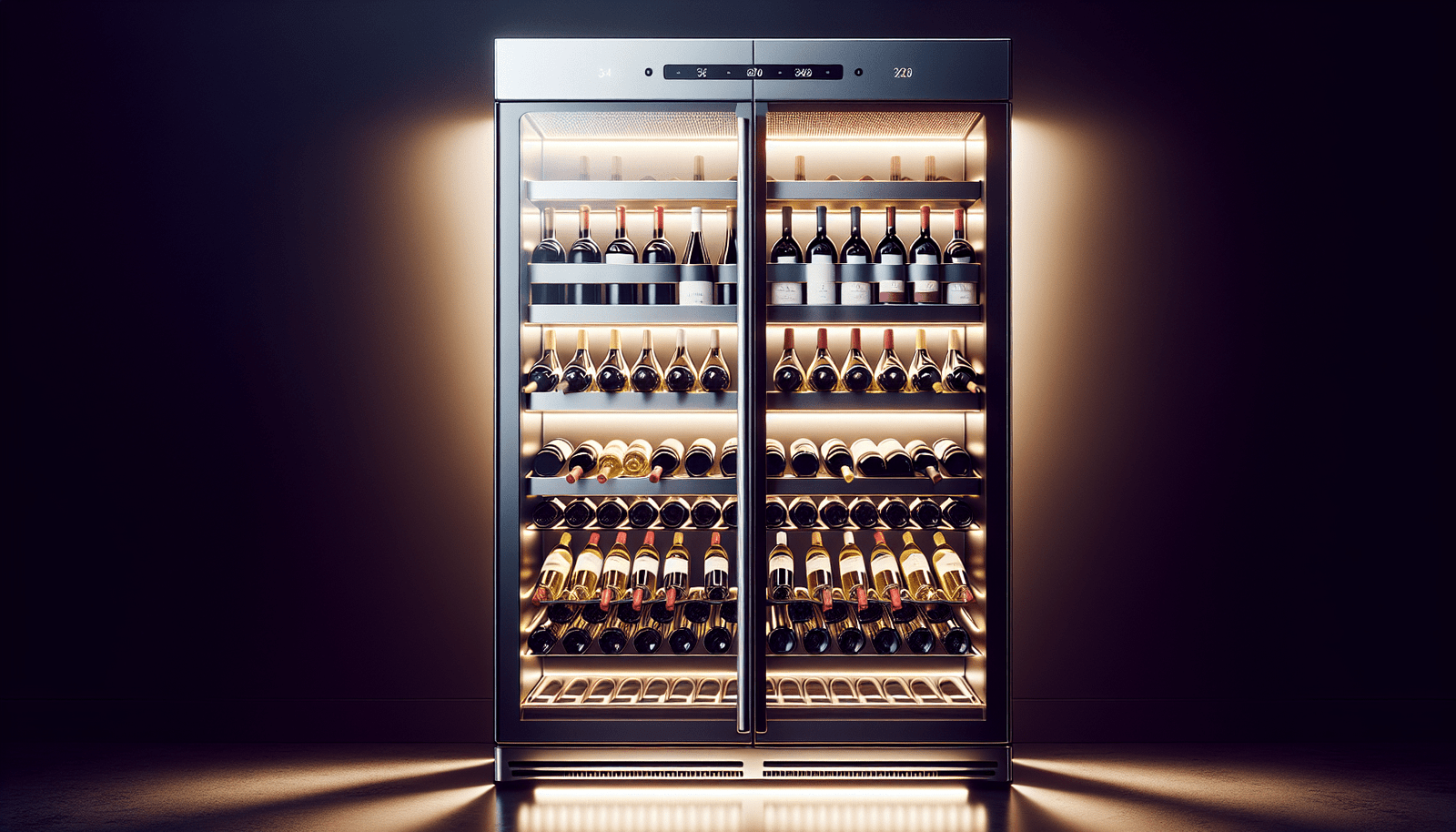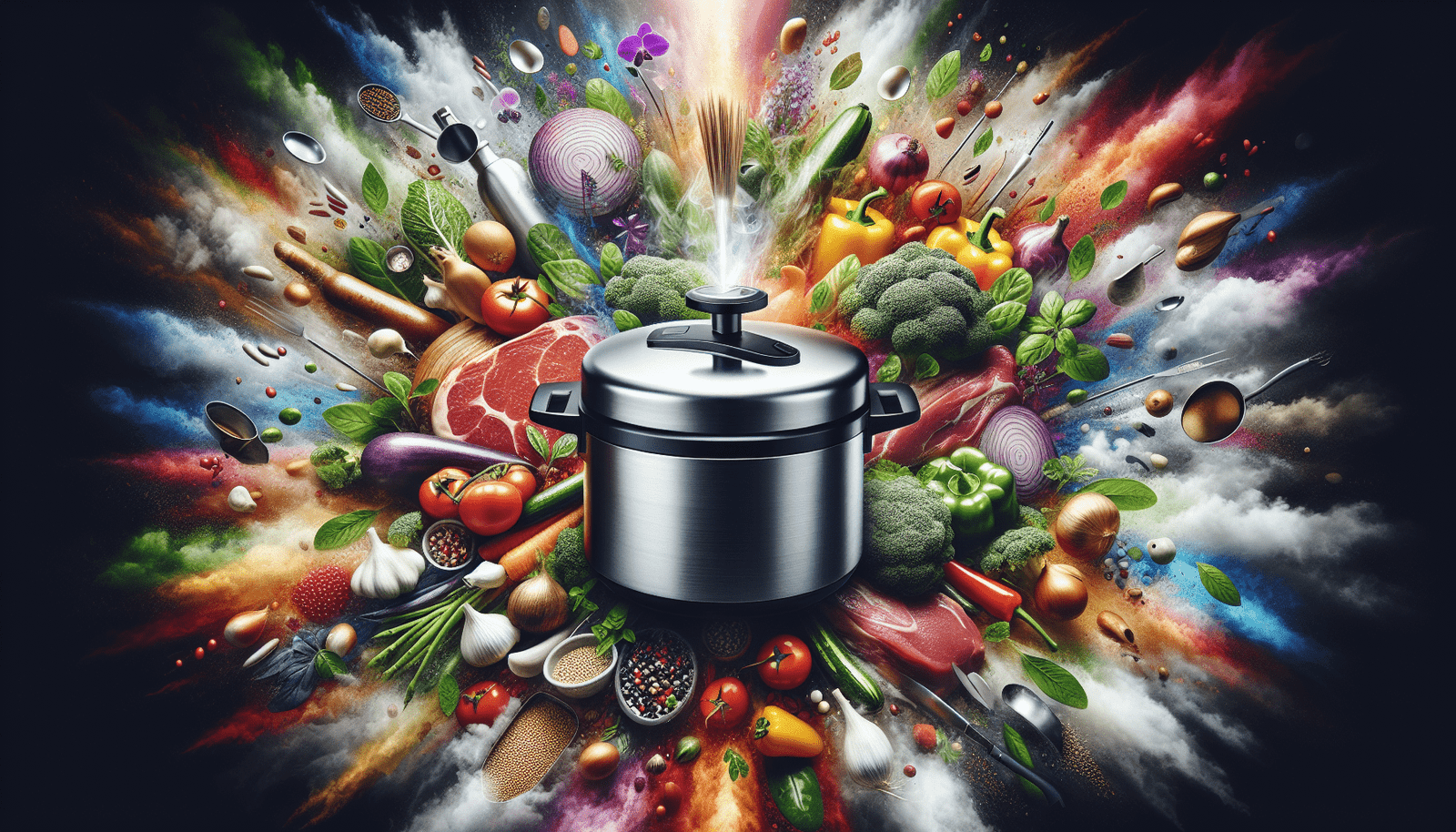If you’re on a quest to elevate your wine-drinking experience, selecting just the right wine cooler is a crucial step that can transform your kitchen or dining area into a connoisseur’s retreat. Imagine your kitchen, already a place where culinary dreams come alive with the finest gadgets, utensils, and supplies from Cooking Appliance World, now enhanced by the perfect wine cooler. This guide to choosing the ideal wine cooler promises to walk you through the maze of options, ensuring you find a cooler that not only preserves your wine collection at optimal temperatures but also complements your passion for quality, design, and sophistication. Whether for a cozy home setup or a bustling commercial space, knowing what to look for in a wine cooler will make all the difference in cherishing every sip and hosting unforgettable gatherings.
Understanding Wine Coolers
Definition and Uses
A wine cooler might sound like a simple kitchen appliance, but it’s a crucial tool for anyone who loves to collect and enjoy wine. Essentially, it’s a specially designed refrigerator that keeps your wine at the perfect temperature for both storing and serving. Unlike a regular fridge, a wine cooler maintains a consistent temperature and humidity level, which are key factors in preserving the quality and taste of your wine.
Benefits of Using a Wine Cooler
Investing in a wine cooler comes with several benefits. Firstly, it protects your wine from fluctuating temperatures, which can significantly affect its flavor and longevity. A cooler also shields wine from excessive light and vibrations, both of which can harm the delicate process of aging. Additionally, a wine cooler organizes your collection in an easily accessible way, making it simpler to find and choose the perfect bottle for any occasion.
Types of Wine Coolers
wine coolers come in various types, each designed to meet different needs. Understanding the types available is essential for selecting the right one for your collection.
Key Features to Look For
Temperature Range
The ideal temperature for storing wine varies depending on the type. Red wines are best kept at slightly warmer temperatures than whites. Therefore, the temperature range of a wine cooler is crucial to accommodate different types of wine.
Humidity Control
Humidity control is also vital, as too low humidity can dry out corks, allowing air into the bottle and spoiling the wine. Conversely, too high humidity can promote mold growth. A good wine cooler offers a way to manage humidity effectively.
UV Protection
Wine is sensitive to UV light, which can degrade its quality over time. Look for coolers with UV-protected glass doors to shield your collection from harmful light.
Vibration Reduction
Minimizing vibration is another important feature because constant movement can disturb the sediment in wine, affecting its aging process. Choose a cooler designed to reduce vibrations.
Energy Efficiency
Energy-efficient models not only help save on electricity bills but also contribute to a lower carbon footprint, making them an eco-friendly choice for your home.

Determining the Right Size and Capacity
Assessing Your Wine Collection
To choose the right size wine cooler, you should first assess the size of your current collection and how you expect it to grow.
Space Consideration in Your Home
The space available in your home will also dictate the size of the cooler you can accommodate. Measure your space carefully before making a selection.
Future Expansion of Wine Collection
If you plan to grow your collection, consider opting for a slightly larger model than you currently need to avoid having to upgrade too soon.
Types of Wine Coolers
Single vs. Dual-zone Coolers
Single-zone coolers maintain a consistent temperature throughout and are best for storing one type of wine. Dual-zone coolers have two compartments, each with its own temperature control, making them ideal for collectors of both red and white wines.
Built-in vs. Freestanding Coolers
Built-in coolers are designed to fit under countertops or integrate with cabinetry, offering a seamless look. Freestanding coolers offer more flexibility in placement but require ventilation space around them.
Thermoelectric vs. Compressor Coolers
Thermoelectric coolers are quieter and more energy-efficient but might struggle in warmer environments. Compressor coolers are more powerful, making them better suited for large collections or warmer climates.

Design and Aesthetics
Exterior Finishes and Materials
Wine coolers are available in a variety of finishes and materials, allowing you to choose one that complements your home’s decor.
Shelving and Interior Lighting
Adjustable shelving accommodates bottles of different sizes, and interior lighting adds a beautiful display element while making it easier to read labels.
Integration with Home Decor
Many wine coolers are designed with aesthetics in mind, allowing them to integrate smoothly with your home decor, whether it’s modern, traditional, or somewhere in between.
Brand and Manufacturer Considerations
Reputation and Reliability
Select a brand known for its quality and reliability in manufacturing wine coolers.
Warranty and Customer Service
Look for a manufacturer that offers a solid warranty and responsive customer service, ensuring support is available should you encounter any issues.
Product Reviews
Reading reviews from other customers can provide insight into the performance and longevity of different models and brands.
Installation and Placement
Choosing the Right Location
The location of your wine cooler can affect its efficiency and the wine’s aging process. Avoid areas with high temperature fluctuations and direct sunlight.
Ventilation Requirements
Ensure the chosen model has sufficient ventilation, especially critical for built-in units, to avoid overheating.
Avoiding Common Installation Mistakes
Measure your space carefully and follow the manufacturer’s installation guidelines to avoid common mistakes that could affect performance or void the warranty.
Maintenance and Care
Regular Cleaning Recommendations
Keeping your wine cooler clean ensures it operates efficiently and prevents any odors from affecting your wine.
Monitoring Temperature and Humidity
Regularly check that the temperature and humidity levels are within the recommended range for your wine collection.
Troubleshooting Common Issues
Familiarize yourself with common issues and how to troubleshoot them, reducing downtime and maintaining the quality of your wine.
Budgeting for Your Wine Cooler
Understanding the Price Range
Wine coolers range in price from affordable models suitable for casual collectors to high-end units designed for serious enthusiasts.
Cost vs. Quality Comparison
While it’s tempting to opt for a cheaper model, investing in a higher-quality cooler can provide better temperature and humidity control, ensuring your wine ages perfectly.
Finding the Best Deals and Offers
Keep an eye out for sales, promotions, and clearance deals, which can provide significant savings on top-quality models.
Making the Purchase
Where to Buy
Wine coolers can be purchased from home appliance stores, online retailers, or directly from the manufacturer.
Evaluating Shipping and Delivery Options
Consider the shipping and delivery options carefully, especially for larger units, to ensure a hassle-free delivery.
Installation Services and Support
Some retailers and manufacturers offer installation services and post-purchase support, which can be valuable in setting up and maintaining your wine cooler.
By keeping these considerations in mind, you’re well on your way to selecting the perfect wine cooler for your needs, ensuring your wine collection is beautifully displayed, perfectly preserved, and ready to enjoy at a moment’s notice. Welcome to the delightful world of wine collecting, where your next culinary masterpiece or relaxing evening is always accompanied by the perfect bottle.


